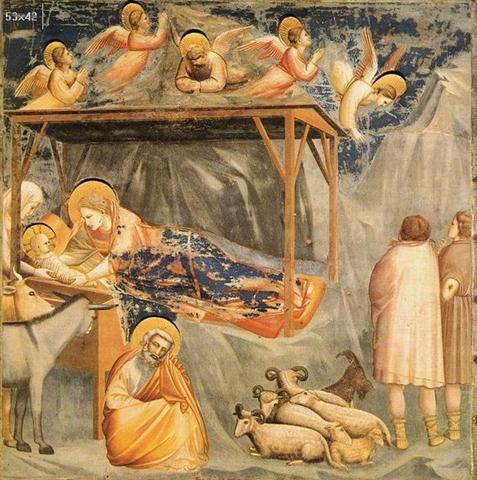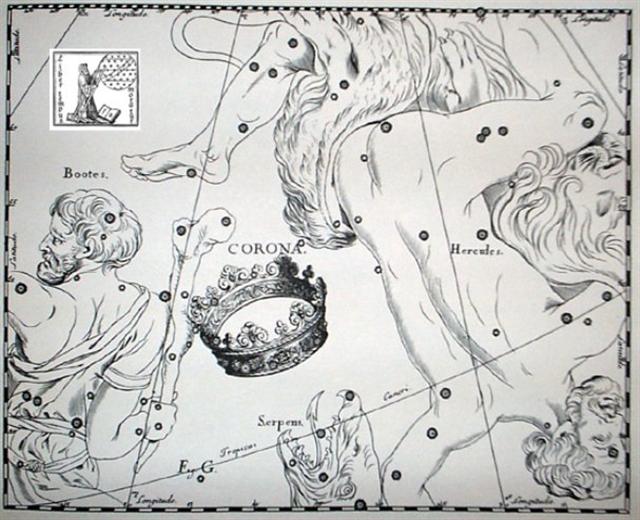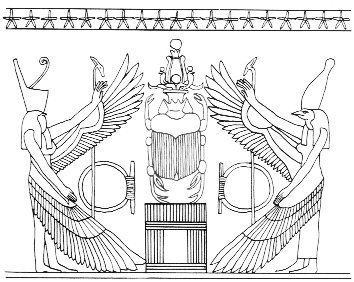The birth of a Royal Son (Sun) seems to have corresponded to the time when the Full Moon was at the Harvest Basket (Nash, Point = γ Sagittarii), as for instance at Ga1-26. From there to the π date in November 10 (314) there were 144 (= 12 * 12) calendar days. 314 - 144 = 170 (= 80 + *90). And there were also 144 (= 12 * 12) right ascension days from Bharani to the Wing (Gienah) of the Black Raven (Corvus). *41 + *144 = *185.
Which probably was the main reason for using a pair of identical viri glyphs at these places (γ Corvi and α Persei).
I have so far used a rule of thumb: 366 / 2 = 183 in order to put in parallel the positions of the Full Moon with the positions of the Sun. But anciently the year was measured as 365╝ (= in complete agreement with the cycle of Sirius). Therefore the Julian calendar had an extra day inserted every 4th year. Above I have tried to arrange a pair of star dates for each Sun calendar day. However, from Bharani rising together with the Sun in May 1 (121) up to and including Nash at the Full Moon in June 19 (170) there were 50 days, which could have been defined as a fixed number. Likewise could Gienah rising with the Sun at the September equinox (in day 265) have been fixed at 95 days after June 19:
Clearly the cradle for the newborn son / sun was implied from sighting the Full Moon at the Harvest Basket (Nash, Point = γ Sagittarii, *273 = *90 + *183).
... As has already been mentioned, the Delphians worshipped Dionysus once a year as the new-born child, Liknites, 'the Child in the Harvest Basket', which was a shovel-shaped basket of rush and osier used as a harvest basket, a cradle, a manger, and a winnowing-fan for tossing the grain up into the air against the wind, to separate it from the chaff ...
Although at the time of Bharani (the female organ for reproduction) - down at a precessional depth of 41.4 right ascension days compared to the time-frame of rongorongo - the Sun would not have been in November 10 (314) but in day 273 (= 314 - 41 = 3 * 91) = "September 30:
From Gienah culminating (at 21h) in the night of May 10 (130) when the Sun was at Algenib Persei to Sirrah culminating (at 21h) in the night of November 11 when the Sun rose together with Gemma in Corona Borealis there were *235 - *50 = *185 right ascension days. And as Algenib was the common denominator for γ Pegasi and α Persei we should be able to translate the pair of corresponding and identical viri glyphs with Algenib.
... [γ] erroneously placed by Tycho in Pisces, marks the extreme tip of the Horse's wing, so that its name Algenib has been considered as derived from Al Janāh, the Wing, but it probably is from Al Janb, the Side ... The creator of the G text had surely been aware of the idea of wings at viri:
We can count to 19 * 5 = 95 'flames' in the sky roof above.
|
||||||||||||||||||||||||||||||||||||||||||||||||||||||||||||||||||||||||||||||||||||||||||||||||||||||||||||||||||||||||||||||||||||||||||||||||
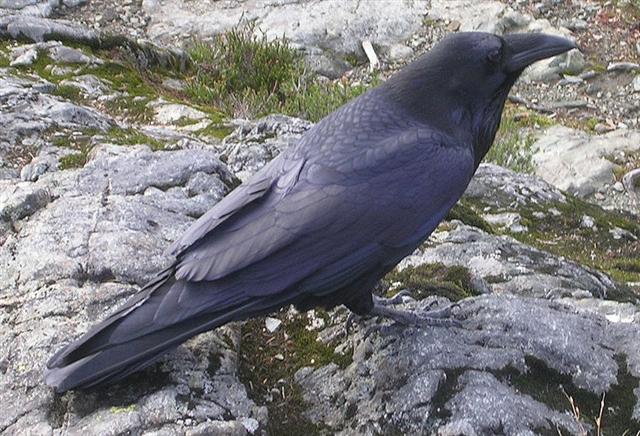


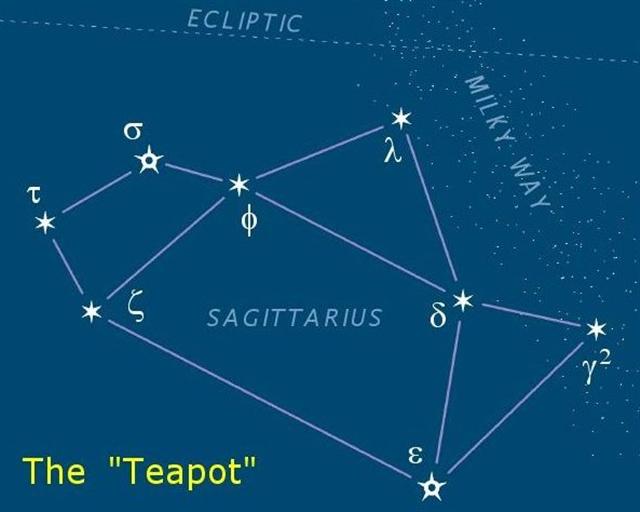
.jpg)
